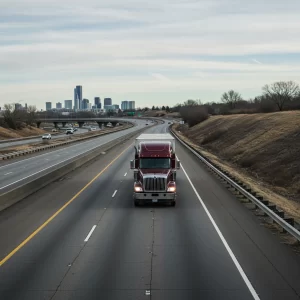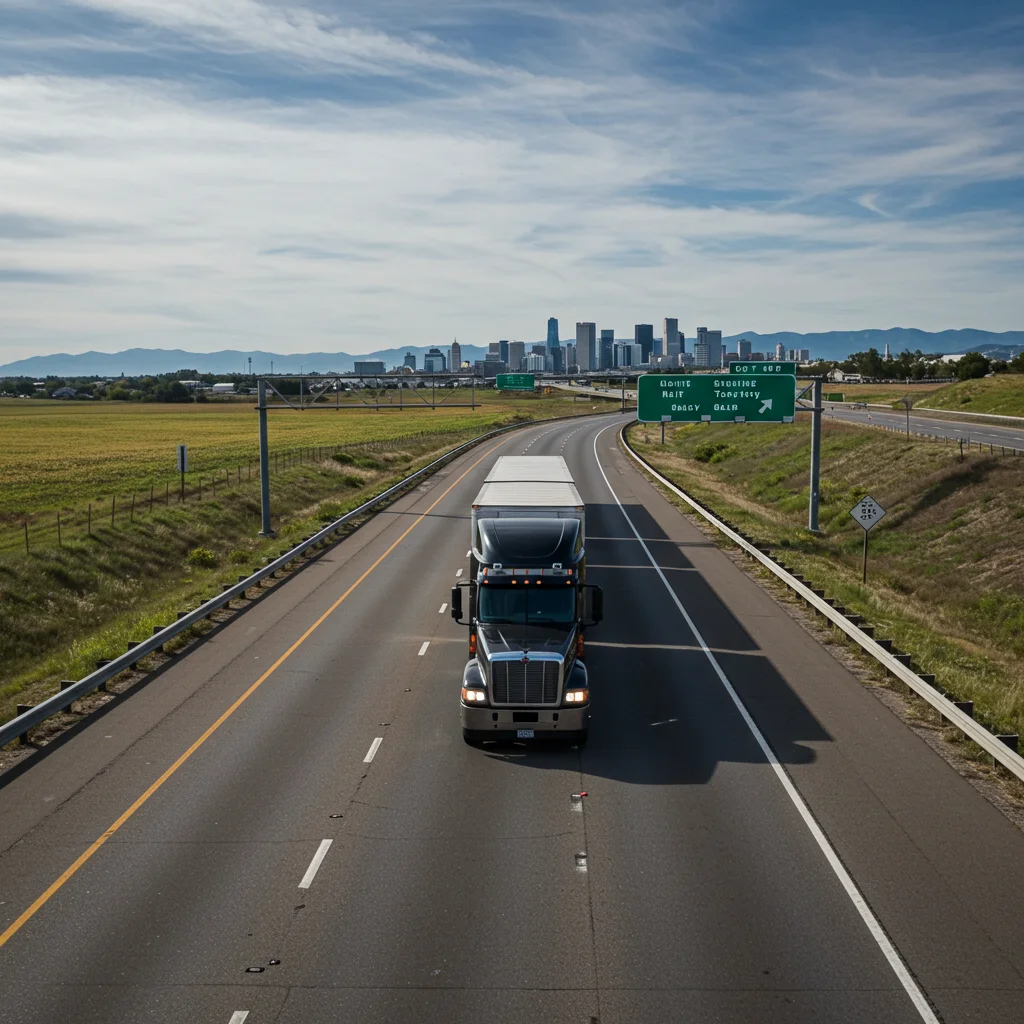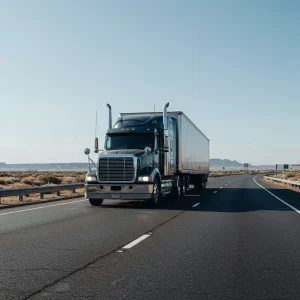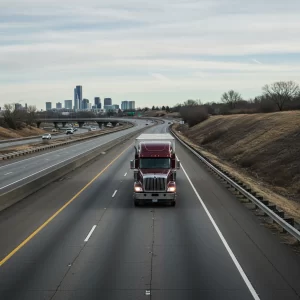
Can My Truck Be Impounded for Clean Truck Check Violations?
Can My Truck Be Impounded for Clean Truck Check Violations?
If you want to know how to get a Clean Truck Check certificate, the first thing to do is follow the rules made by the California Air Resources Board (CARB) under Senate Bill 210. These rules are for Heavy-Duty Inspection and Maintenance (HD I/M) to help lower pollution from trucks in California. To get started, make an account in the CTC-VIS portal. This is where you send your truck’s information and test results. You’ll need to give emissions data, pay the annual compliance fee, and submit a report like the Emissions Diagnostics Report. The test may use Onboard Diagnostics (OBD) or a Physical Emissions Inspection using a Portable Emission Acquisition System (PEAQS). Once your truck passes, you will receive the California Clean Truck Check Certificate. You need this certificate to keep your California DMV Registration active and avoid problems like registration blockage or access restriction.

Before testing your truck, make sure it isn’t on the list of vehicles that are exempt (free from the rule). The California Vehicle Code lists these types: zero-emissions vehicles, authorized emergency vehicles, military tactical vehicles, historical vehicles, motorhomes, and gasoline vehicles. Vehicles with experimental permits or non-California registered vehicles that are in California less than 60 days a year are also exempt. If your truck isn’t exempt, it must take an emissions compliance test. This can be a Digital Emissions Test or a SAE J1667 Smoke Opacity Test. Knowing if your truck needs to follow the rule helps you stay legal and avoid big fines.
You also need to know the important dates for when to start testing. If you're asking how to get a Clean Truck Check certificate, remember the first deadline was in January 2023, and more rules begin in January 2025. These dates depend on whether your truck is registered in California or is an out-of-state vehicle. Older rules like the Periodic Smoke Inspection Program have been updated with new ones, such as checking real-time emissions data using OBD Monitor Readiness. The Clean Truck Check in California program outlines these changes in detail. Missing a deadline can lead to non-compliance penalties, registration holds, and access restrictions. Using fleet management tools can help you track these dates so you.
If you don’t prepare the right way, it can cost you a lot of money. Learning how to get a Clean Truck Check certificate also means staying ready all year. To avoid non-compliance penalties, make sure your emissions monitoring tools are working right. Schedule re-test services early if needed. Tools like remote emissions monitoring, compliance alerts, and driver training can help your team stay on track. If you send in the wrong info or miss a test, your registration could be blocked. You need to make sure your emissions data submission such as through a T-harness is done correctly to avoid delays.
Getting your certificate is not a one-time thing. If you want to keep it, you must test your truck often. This might be every few months, depending on the engine year and your compliance group. You’ll need to do tests like OBD Monitor Readiness, SAE J1667 Smoke Opacity Tests, or use tech tools like telematics devices or connected dashcams to share your results. These tools link to your compliance automation system, helping you know when testing is due. Doing this helps keep your trucks running, cuts down on pollution, and makes your work smoother and more efficient.
To get started, register your trucks in the CTC-VIS portal. This system helps you send in your test results, OBD data, and pay the annual compliance fee. Every truck needs to be linked to your California DMV Registration and must send compliance data regularly. Fleet managers should use tools like AI-powered risk detection, driver monitoring, and trailer tracking to collect this data. These tools also help make sure all trucks are staying compliant. If your trucks can’t get to a testing site, you can use a mobile testing service to come to you.
Using the right technology can make getting your Clean Truck Check certificate easier. Systems like Cameramatics, telematics devices, and 360° visibility systems help you track your trucks and drivers in real time. These systems can check your real-time emissions data, give compliance alerts, and create reports that go straight to CARB through the CTC-VIS portal. They also help with tampering prevention, sustainability, and make your fleet safer. Using them means less paperwork and better control of your trucks all year round. Learn more about Clean Truck Check in Arlanza, CA and how technology can streamline your compliance process.
CARB checks to make sure trucks are following the rules. If you’re not, you could face enforcement, registration holds, and access restrictions. The Clean Truck Check helps protect health and the air by lowering NOx and particulate matter in California. If you want to know how to get a Clean Truck Check certificate, you also need to know how to stay up to date with the California Vehicle Code. Keeping your certificate valid means you are staying safe, legal, and helping the environment. Using digital tools makes it easier to find and fix problems fast.
Following the rules is not just about staying legal. Getting your California Clean Truck Check Certificate also helps your business. It improves your vehicle uptime, protects your company’s reputation, and helps lower fuel consumption by keeping engines clean. It also helps stop accidents by finding issues early. Your fleet becomes more efficient, your drivers are better supported, and your company helps with emissions reduction and cleaner air quality. Being compliant means your business is stronger, cleaner, and ready for the future.

Can My Truck Be Impounded for Clean Truck Check Violations?

Why Registration for Clean Truck Check is Mandatory

Clean Truck Check Penalties: What Happens If You Don’t Comply?

Understanding the Impact of Air Quality Rules on Older Diesel Trucks

Which Truck Types Are Subject to Clean Truck Check?

Why Pre-Emission Trucks Matter for California Regulations